Understanding Audiology in Wilmington, NC: A Beginner’s Guide
Hearing is one of the most essential senses we rely on daily—whether it’s for engaging in conversations, enjoying music, or simply staying safe in our environment. But what happens when this vital sense begins to decline? That’s where audiology comes in.
If you’re new to the world of hearing health and live in coastal North Carolina, this beginner’s guide will help you understand the basics of audiology and how professionals in Audiology Wilmington NC can help you or your loved ones maintain better hearing health.
What Is Audiology?

Audiology is the branch of science that studies hearing, balance, and related disorders. An audiologist is a licensed healthcare professional who diagnoses, manages, and treats hearing or balance problems in individuals of all ages—from newborns to the elderly.
They use a wide variety of tests and procedures to evaluate the extent of hearing loss and help develop a tailored plan for management or rehabilitation. This may include hearing aids, cochlear implants, assistive listening devices, or auditory therapy.
Why Is Hearing Health Important?
Hearing health isn’t just about your ears—it’s deeply connected to your brain and overall well-being. Untreated hearing loss has been linked to cognitive decline, social isolation, depression, and even increased risk of falls in older adults. By seeking help from a qualified audiologist early on, you can improve not just your hearing but your quality of life.
Signs You May Need to See an Audiologist
Recognizing the signs of hearing loss or balance issues early is key. If you or a loved one experiences any of the following, it may be time to consult an audiologist:
Frequently asking others to repeat themselves
Turning up the TV or radio louder than others prefer
Trouble understanding conversations, especially in noisy environments
Ringing in the ears (tinnitus)
Feeling off balance or dizzy
Difficulty hearing on the phone
If any of these symptoms sound familiar, consider reaching out to an expert in Audiology Wilmington NC for a comprehensive hearing evaluation.
What to Expect During a Hearing Evaluation
A visit to an audiologist typically begins with a discussion of your medical history and any hearing-related symptoms you’ve been experiencing. The audiologist will then conduct a series of non-invasive tests to assess your hearing and balance.
Common tests include:

Pure-tone audiometry: Measures your ability to hear sounds at different pitches and volumes.
Speech audiometry: Evaluates how well you understand speech at various volume levels.
Tympanometry: Checks the condition of the middle ear and eardrum.
Otoacoustic emissions (OAEs): Assesses inner ear function by detecting sound waves produced by the cochlea.
Based on the results, your audiologist will explain your hearing profile and recommend appropriate next steps.
Hearing Aids and Other Treatment Options
If hearing loss is detected, one of the most common treatment options is the use of hearing aids. Modern hearing aids are discreet, technologically advanced, and customizable to your lifestyle. They can significantly improve your ability to hear and engage with the world around you.
Other treatments may include:
Cochlear implants (for severe hearing loss)
Tinnitus management techniques
Custom hearing protection for musicians or individuals exposed to loud environments
Assistive listening devices that enhance sound in specific settings
Working with a provider specializing in Audiology Wilmington NC ensures you receive a personalized approach tailored to your unique needs and environment.
Pediatric Audiology in Wilmington
Hearing problems aren’t limited to adults. Early detection and intervention are crucial for children, especially since hearing is closely tied to speech and language development. Pediatric audiologists use child-friendly testing methods to diagnose and treat hearing issues in infants and young children.
If you’re a parent in the Wilmington area and have concerns about your child’s hearing, it’s wise to consult a local audiologist who is experienced in pediatric care.
Choosing the Right Audiologist in Wilmington, NC
Wilmington is home to a range of reputable audiology clinics and professionals dedicated to improving hearing health in the community. When choosing an audiologist, consider the following:
Credentials and licensing
Range of services offered
Experience with specific patient demographics (children, seniors, musicians, etc.)
Reputation and patient reviews
Use of modern diagnostic tools and treatment technologies
Many clinics specializing in Audiology Wilmington NC offer complimentary consultations or hearing screenings, so don’t hesitate to reach out and ask questions before committing to care.
Understanding audiology is the first step in taking charge of your hearing health. Whether you’re experiencing hearing difficulties, seeking preventive care, or exploring hearing aids for a loved one, the field of Audiology Wilmington NC offers comprehensive services designed to support you every step of the way.
Prioritize your hearing the same way you would your vision or dental health—it’s never too early or too late to start. With the right support and knowledge, you can rediscover the joy of clear communication and vibrant soundscapes.




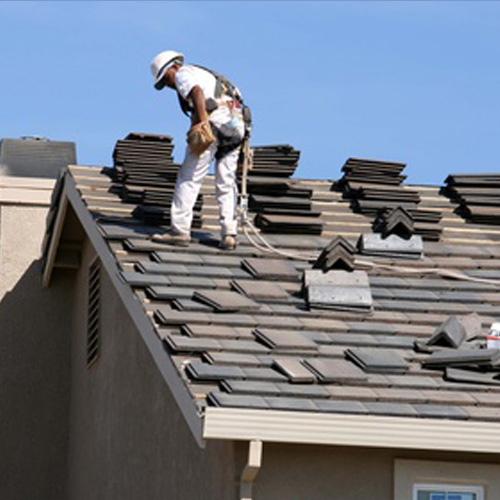

 During an accident, the windshield acts as a barrier that helps keep passengers inside the vehicle. A damaged windshield may not be able to withstand the force of a collision, increasing the chances of ejection from the vehicle. Additionally, airbags rely on the windshield for proper deployment. If the windshield is cracked, the airbag may not deploy correctly, reducing its effectiveness in protecting the driver and passengers.
During an accident, the windshield acts as a barrier that helps keep passengers inside the vehicle. A damaged windshield may not be able to withstand the force of a collision, increasing the chances of ejection from the vehicle. Additionally, airbags rely on the windshield for proper deployment. If the windshield is cracked, the airbag may not deploy correctly, reducing its effectiveness in protecting the driver and passengers.
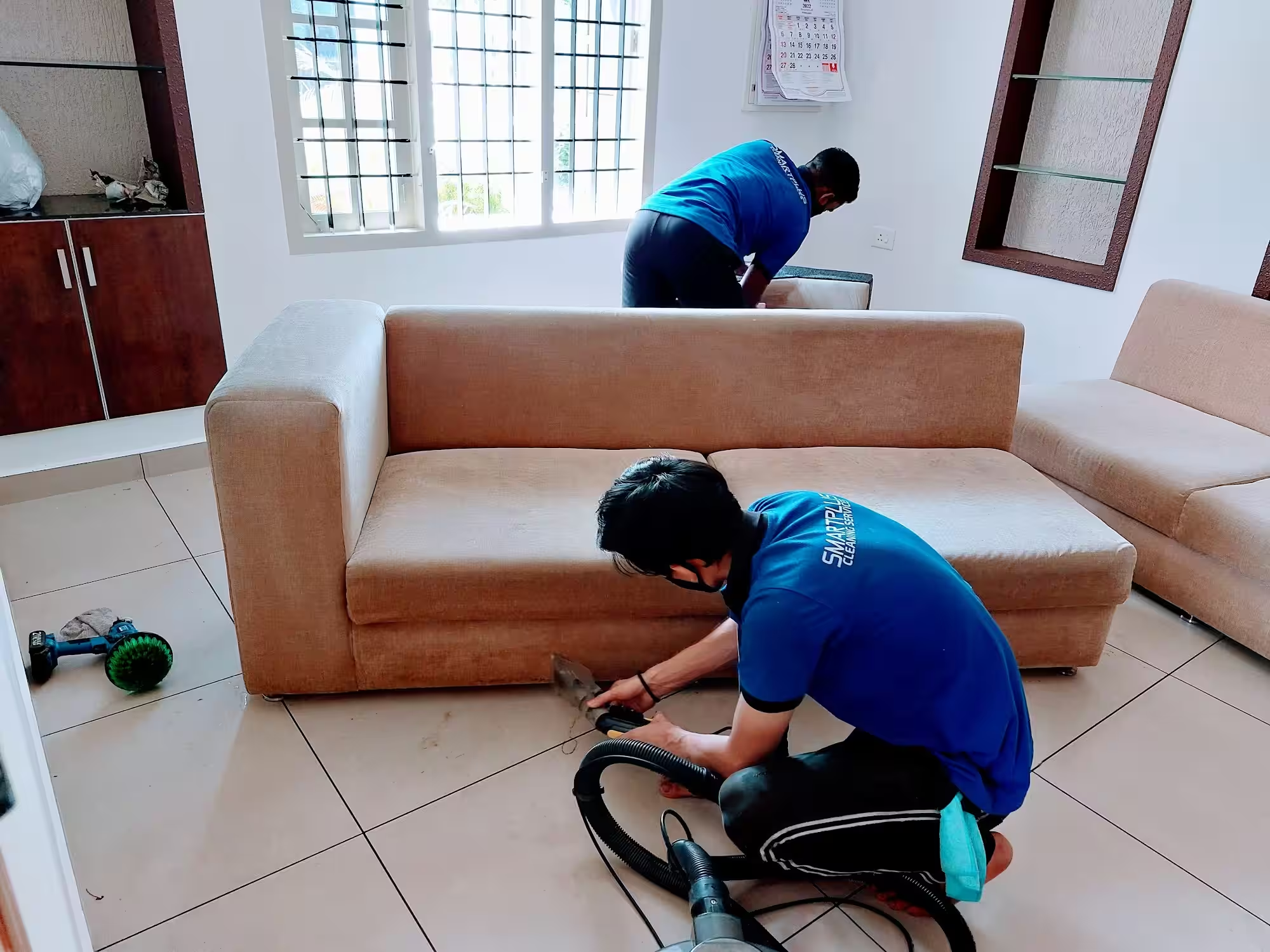
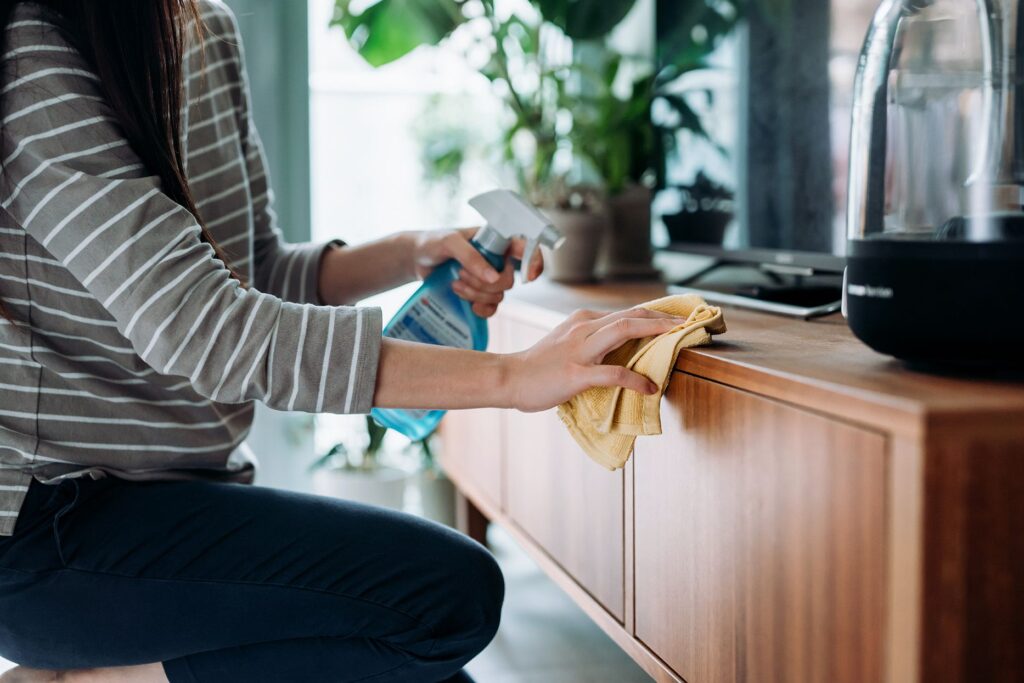


 Whether settling disputes or finalizing business agreements, solicitors act as negotiators to secure favorable outcomes for their clients. Their ability to navigate legal complexities is invaluable in achieving satisfactory resolutions.
Whether settling disputes or finalizing business agreements, solicitors act as negotiators to secure favorable outcomes for their clients. Their ability to navigate legal complexities is invaluable in achieving satisfactory resolutions. An estate agent plays a crucial role in marketing and selling your property. They provide expert guidance, arrange viewings, negotiate with buyers, and handle essential paperwork. Their knowledge of the local property market and experience in negotiations can significantly impact how quickly and efficiently your property sells.
An estate agent plays a crucial role in marketing and selling your property. They provide expert guidance, arrange viewings, negotiate with buyers, and handle essential paperwork. Their knowledge of the local property market and experience in negotiations can significantly impact how quickly and efficiently your property sells.

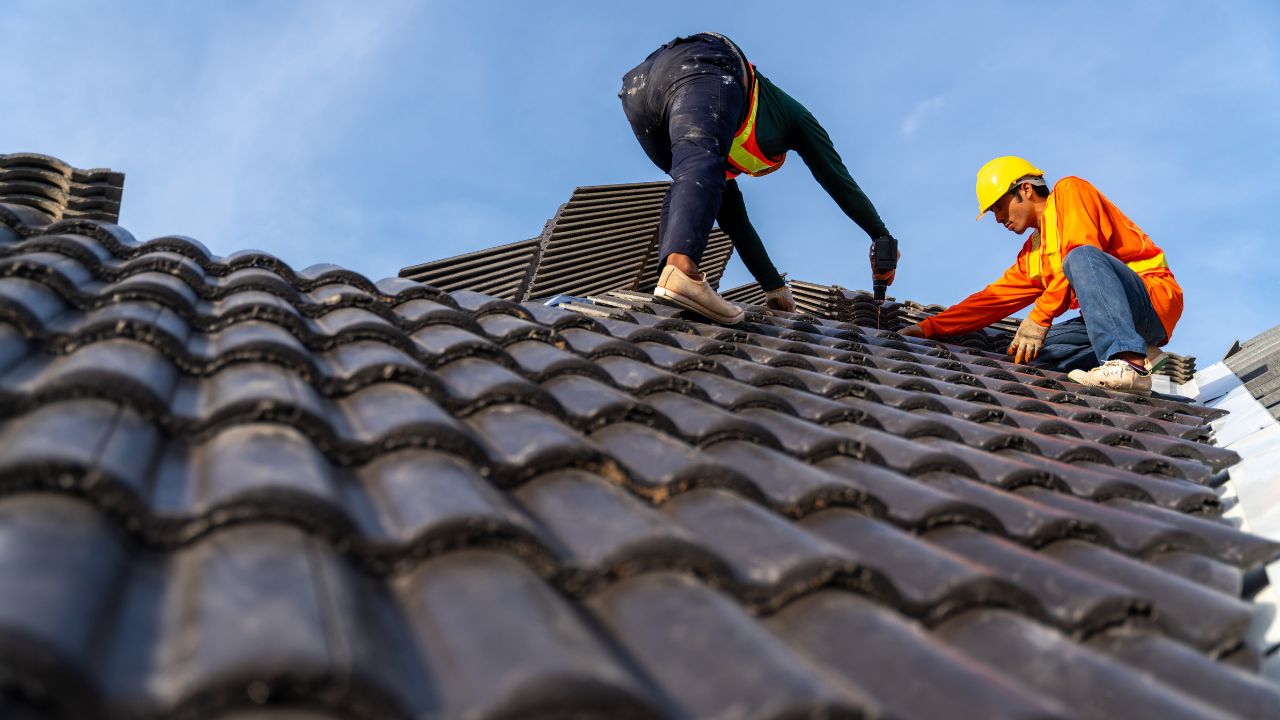

 Peptide vials serve as one of the most essential forms of peptide delivery for researchers. Unlike other formulations, such as nasal sprays or capsules, vials allow for precise dosing and easy storage, making them particularly suitable for laboratory settings. Each vial is carefully sealed to maintain the integrity and potency of the peptides contained within, ensuring that researchers can obtain reliable results in their experiments. The ability to purchase peptide vials in varying sizes further enhances their utility, catering to the specific needs of different research projects.
Peptide vials serve as one of the most essential forms of peptide delivery for researchers. Unlike other formulations, such as nasal sprays or capsules, vials allow for precise dosing and easy storage, making them particularly suitable for laboratory settings. Each vial is carefully sealed to maintain the integrity and potency of the peptides contained within, ensuring that researchers can obtain reliable results in their experiments. The ability to purchase peptide vials in varying sizes further enhances their utility, catering to the specific needs of different research projects. Neighborhood Mobility: Perfect for getting around residential areas, retirement communities, and campgrounds.
Neighborhood Mobility: Perfect for getting around residential areas, retirement communities, and campgrounds.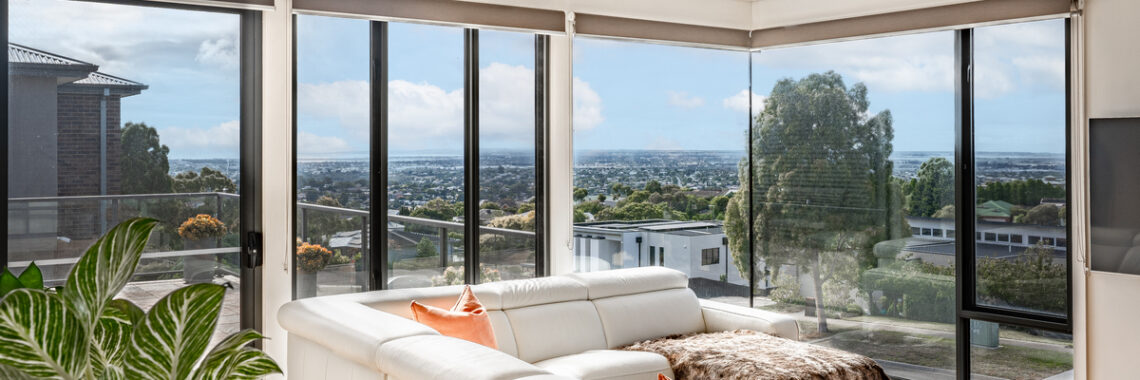
 When it comes to enhancing the aesthetics, functionality, and energy efficiency of your home, choosing the right windows and doors is crucial.
When it comes to enhancing the aesthetics, functionality, and energy efficiency of your home, choosing the right windows and doors is crucial. 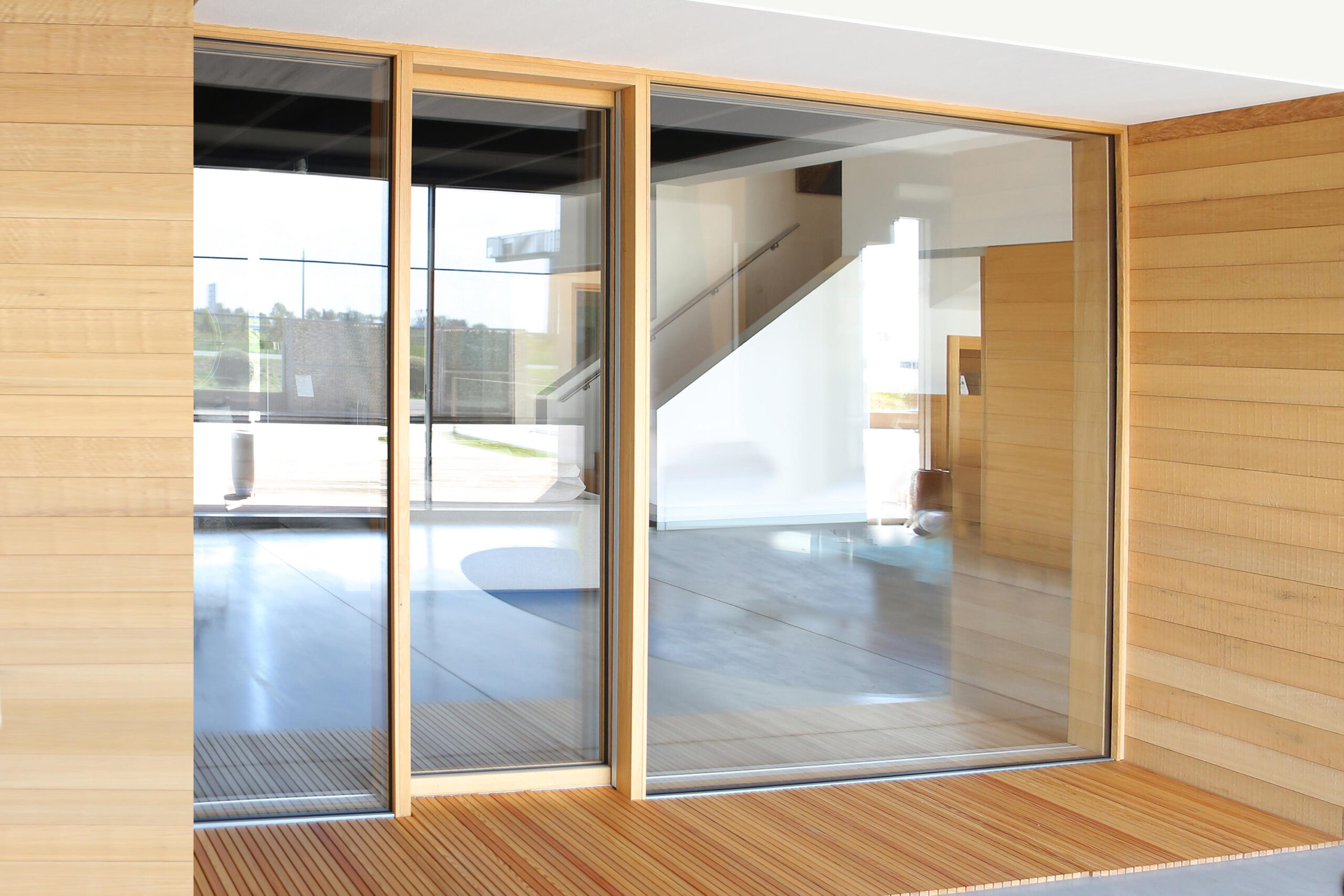
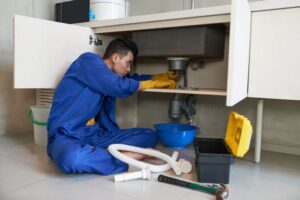 Leaky faucets are not only annoying but can also waste a significant amount of water over time. Usually, the cause is a worn-out washer or O-ring. Replacing these components is relatively simple and can save you money on your water bill.
Leaky faucets are not only annoying but can also waste a significant amount of water over time. Usually, the cause is a worn-out washer or O-ring. Replacing these components is relatively simple and can save you money on your water bill.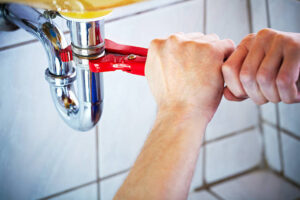 Issues with the garbage disposal, such as jamming or strange noises, are often caused by food debris or foreign objects lodged in the unit. Resetting the disposal and manually removing any obstructions can resolve the problem.
Issues with the garbage disposal, such as jamming or strange noises, are often caused by food debris or foreign objects lodged in the unit. Resetting the disposal and manually removing any obstructions can resolve the problem.